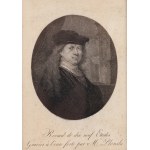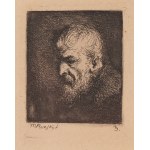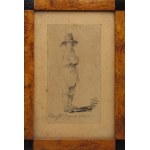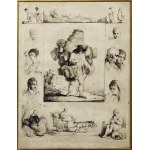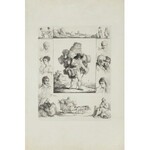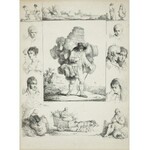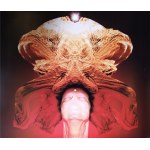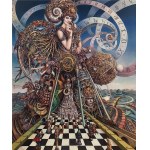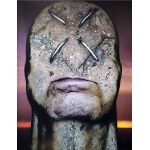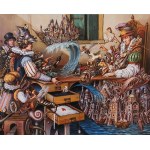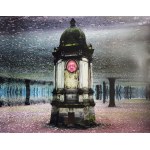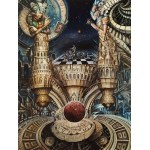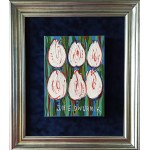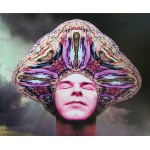35.0 x 26.5 cm - etching, paper 30 x 23 cm (plate imprint), 35 x 26.5 cm (sheet)
Signed on the plate on the left, under the central scene: M Plonski f 1805
On the reverse (in pencil) l.g.: N 1146; p.g. along the right edge: LOT 23310105/23; p.d.: Plonski.
Considered to be Plonski's finest graphic work, Basketmaker gives us an overview, grouped in one engraving, of almost the entire oeuvre and interests of the artist (...) The figure of the peddler, bright in value and drawn with precise contours, appears against a gray overall background of a pile of baskets, in which a densely laid short line allows us to read almost a kind of wicker weave. The dark stain of the hat forms the central valor accent of the composition, at the same time distinguishing the model's face from the background. (...) The margins of the engraving are filled with as many as 12 small compositions: we find here both genre scenes, a landscape sketch, rare for the artist, and, above all, beautifully drawn and thoroughly characterized heads. We can also find (...) dogs, which are such a frequent subject of Plonsky's graphics.
K. Czarnocka
(Michal Plonski) with his work most justly deserved the name of Polish Rembrandt. Boldness, knowledge of drawing, truth and life, power and fire (...) are the main features of his works, which seek and pay everywhere. Everyone, even the greatest connoisseur at first glance, the later works of Plonsky, attributes them to Rembrandt, and only after a longer gaze, can discern that another hand, equally as proficient as that one (...) created them.
J. G. Pawlikowski, Message on engravers Poles and foreigners settled in our country, "Czasopismo naukowy Księgozbioru Publicznego, im. Ossolińskich", (Lvov) R. 2, 1829, z. 3, p. 115.
Plonski is an infallible draftsman. His work is characterized by extreme purity and precision; not a single uncertain, blurred or lost form. In this lies the source of the elegance of his drawing. (...) After all, his natural attraction distanced him over time from rather vulgar subjects, towards which the Norblin school had a certain inclination, and brought him closer to those that had elegance in themselves: racy faces, limber figures, well-tailored costumes. There are few heads in the art of the time as beautiful as those engraved in the margin of his Basketmaker of 1905.
Wł. Tatarkiewicz
As an outstanding work of Polish printmaking of the early 19th century. Basketmaker has been described and reproduced many times. The most important studies include, among others:
- E. Rastawiecki, Słownik rytownik polskich tudzież obcych w Polsce osiadłych lub temporowo pracujących w niej, Poznań 1886, pp. 241-246; [about the Basketmaker on p. 246, cat. no. 33];
- W. Tatarkiewicz, Michal Plonski, Artistic Monographs edited by M. Treter, Vol. X, Warsaw 1929, p. 15, ill. cover and last two plates;
- K. Czarnocka, Half a century of Polish graphics, Warsaw 1962, p. 61, il. on p. 60;
- I. Jakimowicz, Pięć wieków grafiki polskiej, MNW, Warsaw 1997, p. 58, 350, il. on p. 56, cat. no. 457.
Michał Płoński - draughtsman, printmaker and painter of miniatures; the most outstanding - next to A. Orłowski - a pupil of Jan Piotr Norblin in Warsaw, took over from his teacher the method of direct observation of nature and interest in genre subjects, often humorous.
In 1795-1799, accompanying the master, he traveled with other students to Nieborow. In 1796/1797 he stayed in Italy, and upon his return continued to maintain contact with Norblin. In 1800 he went abroad - first to Denmark, then to Holland. For several years he lived in Amsterdam, where he perfected his etching technique and conducted studies of Rembrandt's printmaking. There he also developed and - in 1802 - published his main graphic work - the portfolio Recueil de 19 planches etudes des figures dessinees d'apres nature a Amsterdam en 1802 et gravees spirituellement a l'eau forte par M. Plonski a Paris (later three more enriched Paris editions).
After a few years, the artist moved to Paris, where he worked in the Drawing Cabinet and made many etchings, which were copies of paintings by Rembrandt and other masters of old painting. He also painted miniature portraits. In 1810 he returned to Warsaw, taught drawing in Nieborów for a while and painted miniatures.
His further work was prevented by mental illness; the artist died in the Warsaw Hospital of the Fathers of St. Bonifratres. Of his works, he is known primarily for his drawings and engravings; their largest collection, acquired from Nieborów, is in the National Museum in Warsaw, while a number of works are also in the collections of the Cabinet of Engravings of the Warsaw University Library, the National Museum in Cracow, the Ossoliński Library and the collections of other museums or libraries.
Recently viewed
Please log in to see lots list
Favourites
Please log in to see lots list



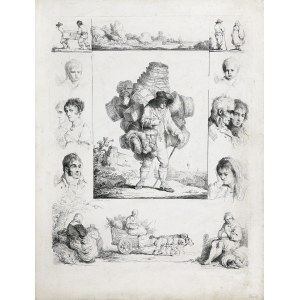
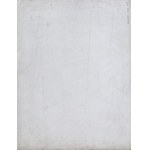
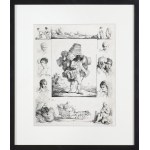







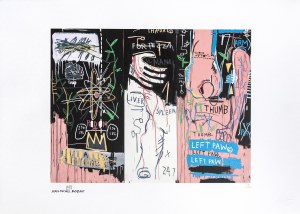
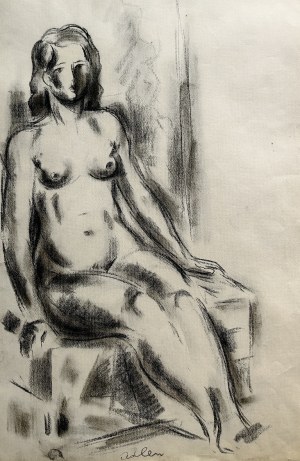
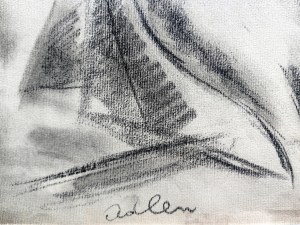
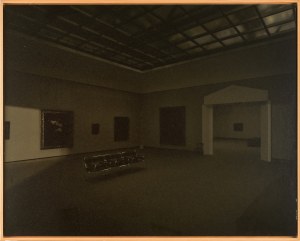
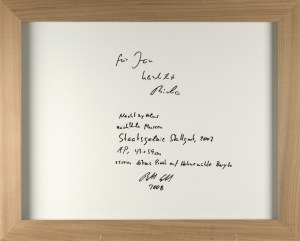
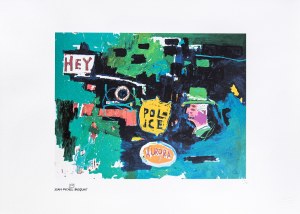
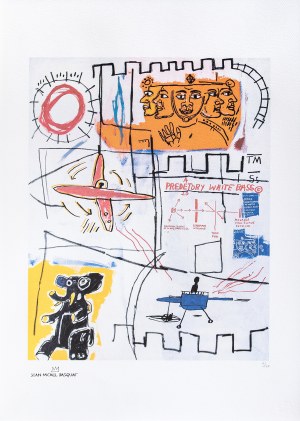
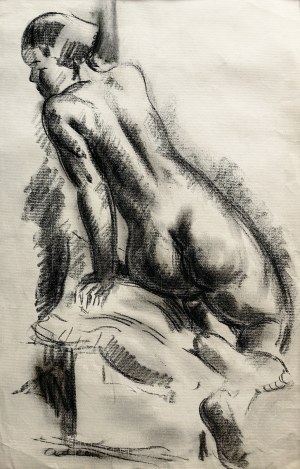
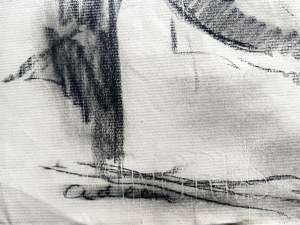
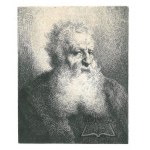
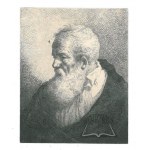
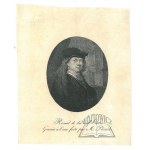
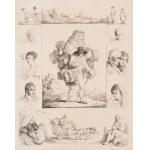
![Płoński Michał, 3 akwaforty na 1 ark, [Recuil de 19. planches, 1802]](https://img1.one.bid/img/4732/1221973_1w.jpg)
